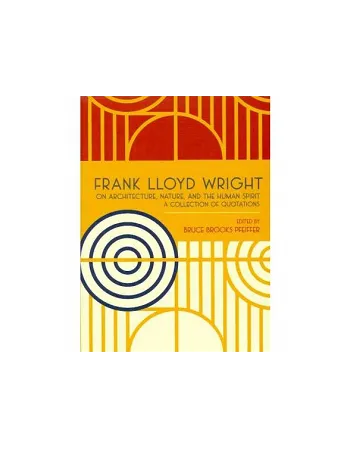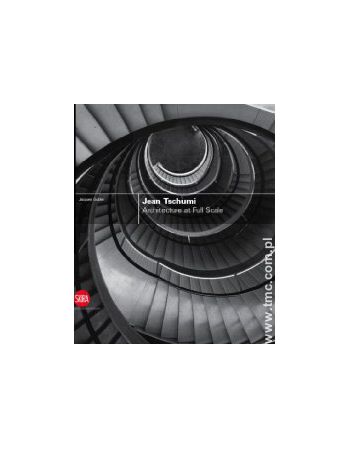Frank Lloyd Wright on...
The architect of the Guggenheim Museum, Fallingwater, the Robie House, and the Johnson Wax Administration Building, Frank Lloyd Wright once said, You do not learn by way of your successes. No one does. Just as he flouted convention in a series of astonishing buildings, so did Wright go against the grain in his career as a writer and lecturer. On subjects as diverse as McCarthyism (he called the senator from Wisconsin a political pervert) and cement blocks, he produced countless lectures and articles, a half-dozen books, and a remarkable series of informal talks delivered to his apprentices on Sunday mornings.



